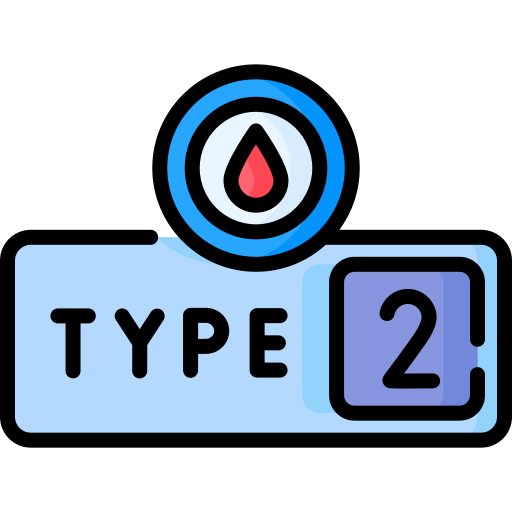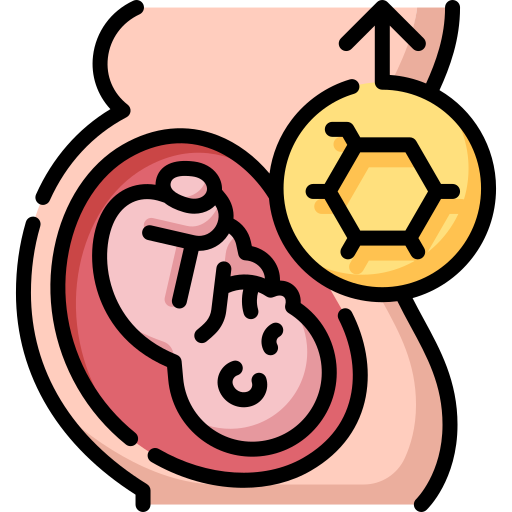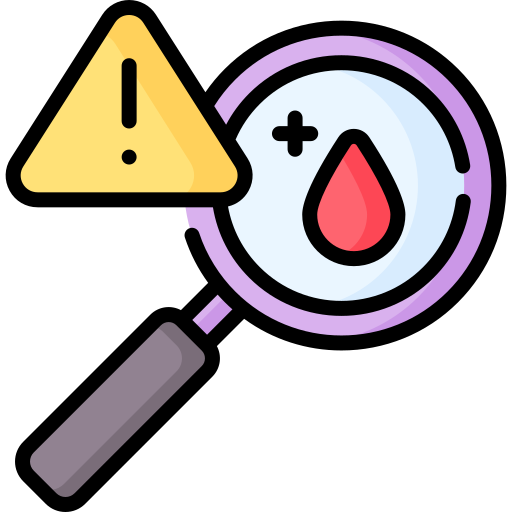
This logo isn't an ad or affiliate link. It's an organization that shares in our mission, and empowered the authors to share their insights in Byte form.
Rumie vets Bytes for compliance with our
Standards.
The organization is responsible for the completeness and reliability of the content.
Learn more
about how Rumie works with partners.
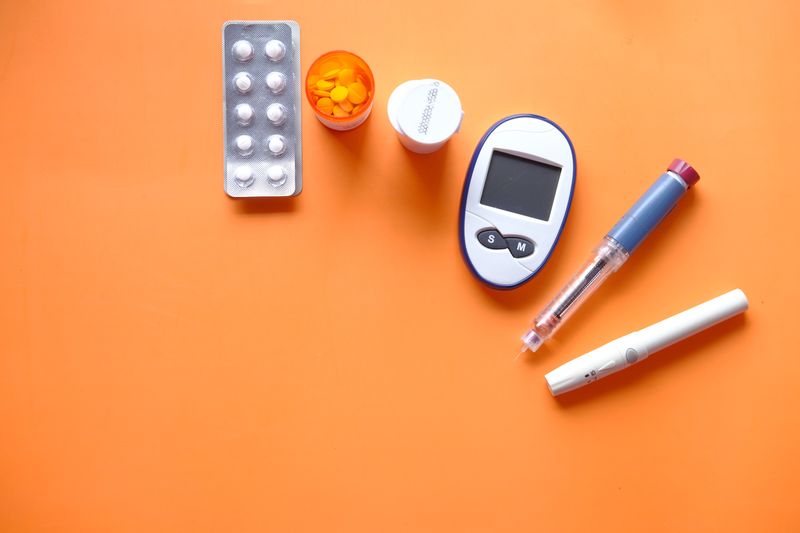 Photo by Towfiqu barbhuiya on Unsplash
Photo by Towfiqu barbhuiya on UnsplashDiabetes is a chronic (long-lasting) health condition that affects how your body turns food into energy.
Over 530 million people around the world have it, and this is expected to grow to almost 650 million by 2030. It's important to know the symptoms and risk factors of diabetes so you can:
treat and monitor the condition if you have it
make health choices that will help reduce your risk of developing it
What is diabetes?

Diabetes is a disease that causes high blood sugar levels in your body.
When you consume food, your body breaks it down into a sugar called glucose, which then runs through your bloodstream.
An organ called the pancreas then releases insulin, a hormone that helps your blood sugar enter your cells. The cells use this blood sugar for energy.
Someone with diabetes either doesn't produce enough insulin or their body doesn't effectively use the insulin it makes. This causes too much blood sugar to remain in your bloodstream, which can have many negative health effects.
What are different types of diabetes?
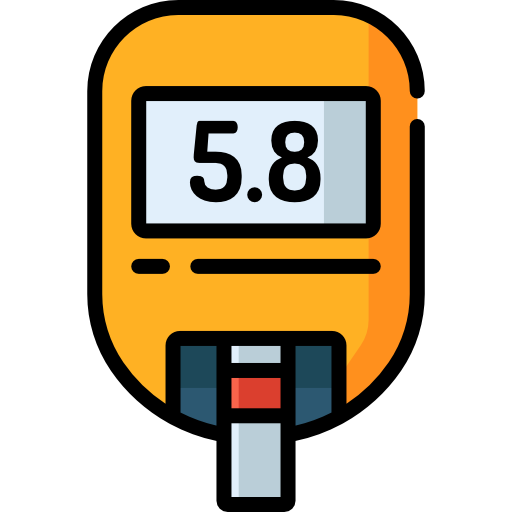
People with all types of diabetes need to carefully monitor their blood sugar levels every day. People with type 1 will need a daily dose of insulin for survival.
Did you know?
What are the early signs of diabetes?
Quiz
Which one of the below is a common symptom of diabetes?
Consult your doctor if you're constantly feeling tired so they can screen you for diabetes,
What are the risk factors of diabetes?
You have a higher risk of type 2 diabetes if:
you're overweight
you don't exercise enough (fewer than 3 times per week)
someone in your family already has type 2
you had gestational diabetes during your pregnancy
In the US, people from various communities (African American, Indigenous, Hispanic/Latinx, Asian American, and Pacific Islander) are at higher risk for type 2, while Caucasian people are at a higher risk for type 1.
How do I reduce the risk of diabetes?

Dietary choices:
Eat plant-based foods with lots of fiber — fruits, green vegetables, whole grans, and beans — to help keep your blood sugar levels low.
Eat healthy fats — olive oil, some types of seed oil, nuts, seeds, and fatty fish — and limit your intake of dairy and meat (or consume low fat dairy and lean meats).

Physical activity:
Exercise regularly — at least 2 to 3 times per week for 30 minutes — to help you lose weight and maintain healthy blood sugar levels.
Make sure to move during the day, especially if you have to sit a lot for a job or school.
Take Action
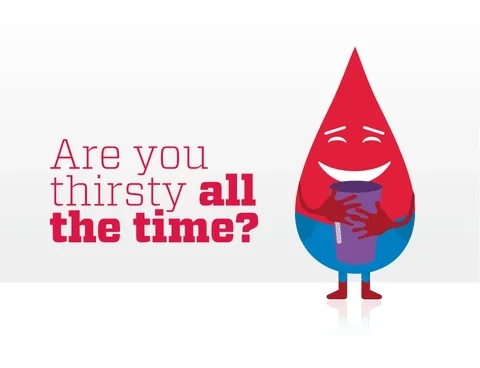 If you think you're at risk for diabetes, or experiencing early signs of diabetes, visit a doctor and get tested.
If you think you're at risk for diabetes, or experiencing early signs of diabetes, visit a doctor and get tested.
Check out these resources to learn more:
This Byte has been authored by
Mariam Qizilbash
People-focused relationship-builder and foodie
This Byte has been reviewed by
Lana Do
MD, MPH, BCMAS

